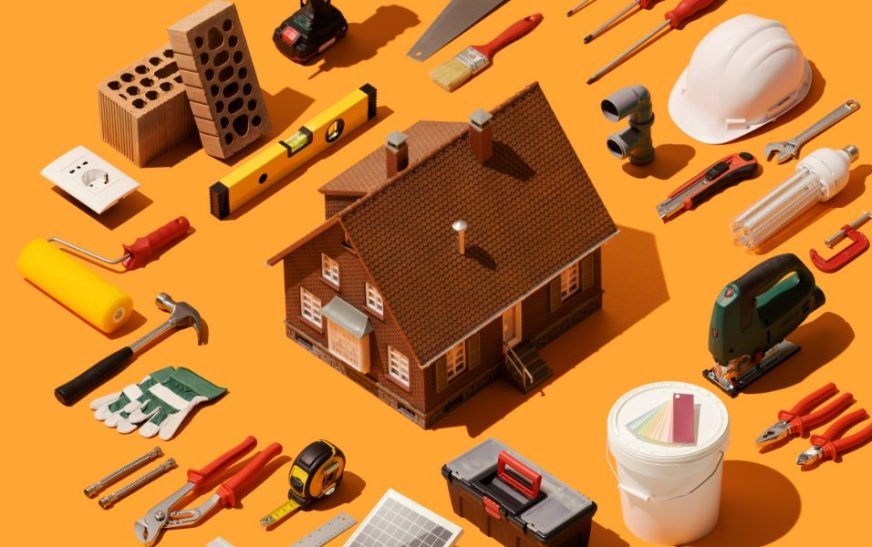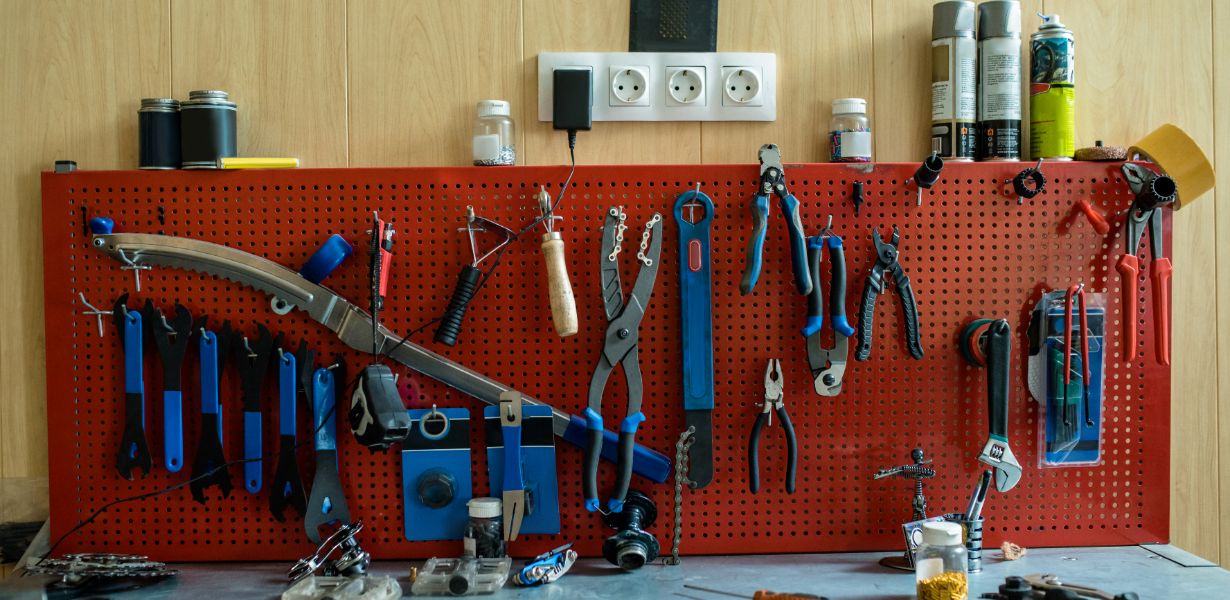The world of home renovation is on the cusp of a technological revolution. In an era where automation and artificial intelligence have become integral to our daily lives, it’s only natural that they find their way into our homes as well. If you’re considering a renovation project, you might be wondering, “Can I renovate with robots?” The short answer is yes, and in this comprehensive guide, we’ll delve into the exciting realm of robotic renovation, shedding light on how it can transform your living space.
The Essence of Renovation & Remodeling
Renovation, at its core, is about rejuvenating and revitalizing a living space. It involves improving the functionality and aesthetics of your home. Remodeling, on the other hand, takes it a step further by altering the structure and layout of your space. Robots, with their precision and efficiency, can play a pivotal role in both. Renovation entails tasks like painting, flooring, and minor repairs, while remodeling involves structural changes such as knocking down walls or creating room extensions. So, is painting considered remodeling? The answer is no; painting is a renovation task, but it’s not considered a remodeling job.
The Rise of Robotic Renovation
Automation in Renovation
Robots are not only here to stay but to change the face of renovation. Automation in renovation is a game-changer. From painting and sanding to tiling and even bricklaying, robots can perform a wide array of tasks more efficiently and with exceptional precision.
Benefits of Robotic Renovation
Robotic renovation offers several advantages. It’s faster, more accurate, and less labor-intensive. Robots can work 24/7 without fatigue, ensuring that your project is completed in record time. Moreover, they reduce the margin for error, resulting in a flawless finish.
Customization and Design
While robots excel at repetitive tasks, they can also cater to your customization needs. Modern robotic systems are equipped with AI algorithms that can adapt to various designs and patterns, providing a unique touch to your renovation project.
Cost-Efficiency
Many homeowners are concerned about the cost of robotic renovation. While initial investment might be higher, the long-term benefits far outweigh the costs. Fewer labor hours, reduced material wastage, and enhanced precision all contribute to substantial savings.
Environmental Impact
Robotic renovation is also eco-friendly. With precise calculations and minimal material wastage, it minimizes the environmental footprint of your project.
How Robotic Renovation Works
Robotic renovation systems employ advanced sensors, cameras, and AI algorithms to navigate and perform tasks with utmost precision. These robots are often remotely controlled or programmed to carry out specific actions. They can lay tiles with millimeter precision, ensuring your flooring is impeccable.
Common Myths Debunked
Robots Replace Human Touch
Robotic renovation doesn’t mean you lose the human touch. It enhances the work done by skilled craftsmen, enabling them to focus on creative and intricate tasks while robots handle the heavy lifting.
High Maintenance
Contrary to what some might believe, robotic renovation systems are designed for longevity. Regular maintenance ensures their continued performance, making them a sound investment.
Limited Application
Robotic renovation can be applied to various tasks, making it suitable for a broad spectrum of projects. Whether it’s your kitchen, bathroom, or entire home, robots can help transform your living space.
Final Words
Renovating with robots is not a futuristic dream; it’s a reality that’s transforming the way we rejuvenate our homes. From speeding up the renovation process to reducing costs and environmental impact, robotic renovation is paving the way for a brighter, more efficient future in the realm of home transformation.
Commonly Asked Questions
Q1: Can robots handle intricate design work?
Yes, modern robotic systems are equipped with advanced AI algorithms that allow them to adapt to various intricate designs, ensuring a unique touch to your renovation project.
Q2: Are robots cost-effective for renovation?
While the initial investment might be higher, the long-term benefits include reduced labor costs, minimal material wastage, and precise work, resulting in substantial savings.
Q3: What is the environmental impact of robotic renovation?
Robotic renovation is eco-friendly due to precise calculations and minimal material wastage, reducing the environmental footprint of your project.
Q4: Do robots completely replace human craftsmanship?
Robots enhance the work of skilled craftsmen by handling labor-intensive tasks, allowing humans to focus on creative and intricate aspects of renovation.
Q5: What tasks can robots perform in renovation?
Robots can perform a wide array of tasks, including painting, sanding, tiling, and even bricklaying, making them versatile tools in the renovation process.

















